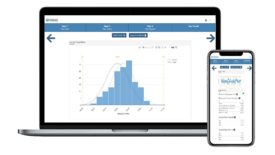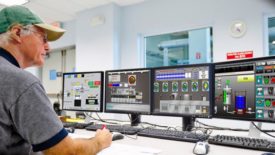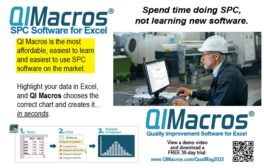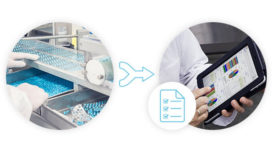Home » Keywords: » SPC software
Items Tagged with 'SPC software'
ARTICLES
Software & Analysis
Will AI Kill SPC?
Challenges and opportunities for manufacturers applying AI in their business.
December 18, 2023
From the Editor | Darryl Seland
The Importance of Traceability
How did we get here?
August 22, 2023
Software & Analysis
Advances In SPC Software Make It Indispensable
Machine learning, predictive analytics, and other new features are making statistical process control (SPC) software even more valuable.
August 1, 2023
3 Characteristics of Smart Data Collection
The right intervals of automated, mobile data collection can help any SPC effort.
December 9, 2022
Software & Analysis
SPC Software Enables Real-Time Process Management
When the process is in-control, monitoring it using the SPC control chart ensures that it will reliably meet the process requirements.
November 2, 2022
Why More Manufacturers Are Turning to SPC
SPC helps manufacturers proactively lower costs, boost speed and yield, drive quality and avert defects through continuous improvements.
September 9, 2022
How SPC Programs Boost Communication Across the Enterprise
Today, manufacturers are using SPC solutions to centralize and standardize their data, leveraging it to communicate better across their businesses.
June 7, 2022
Sponsored Content
Minitab Launches New Real-Time Statistical Process Control Solution for Manufacturers
Real-time monitoring and alerts allow for immediate action when quality varies, saving both time and money.
February 7, 2022
EVENTS
Webinar
9/21/23 to 9/21/24
Contact: Meg M.
Learn How to Automate & Submit Quality Documents 70% Faster!
Webinar
10/4/23 to 10/4/24
Contact: Meg M.
Modernizing Quality With Next-Generation Controls and Monitoring Solutions
Get our new eMagazine delivered to your inbox every month.
Stay in the know with Quality’s comprehensive coverage of the manufacturing and metrology industries.
SIGN UP TODAY!Copyright ©2024. All Rights Reserved BNP Media.
Design, CMS, Hosting & Web Development :: ePublishing










